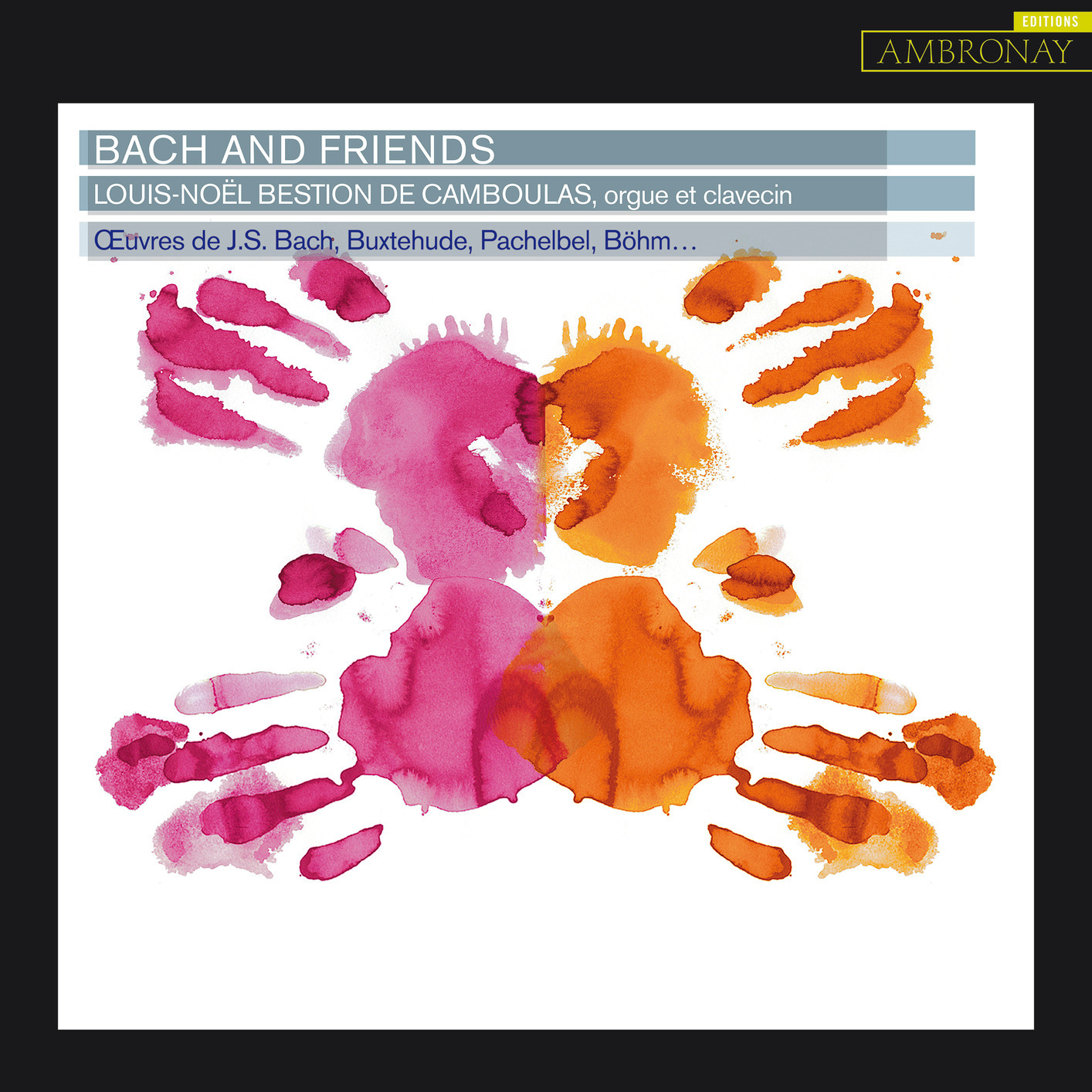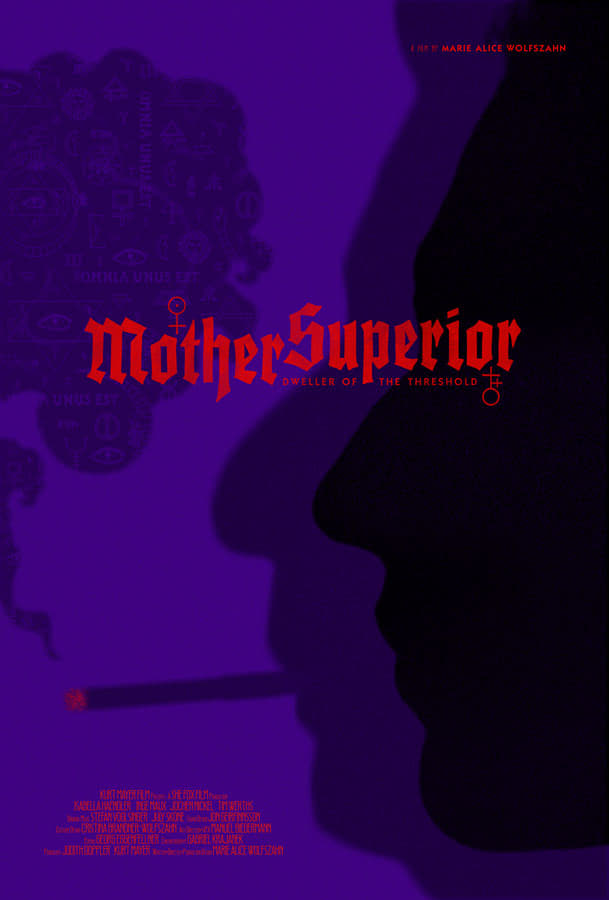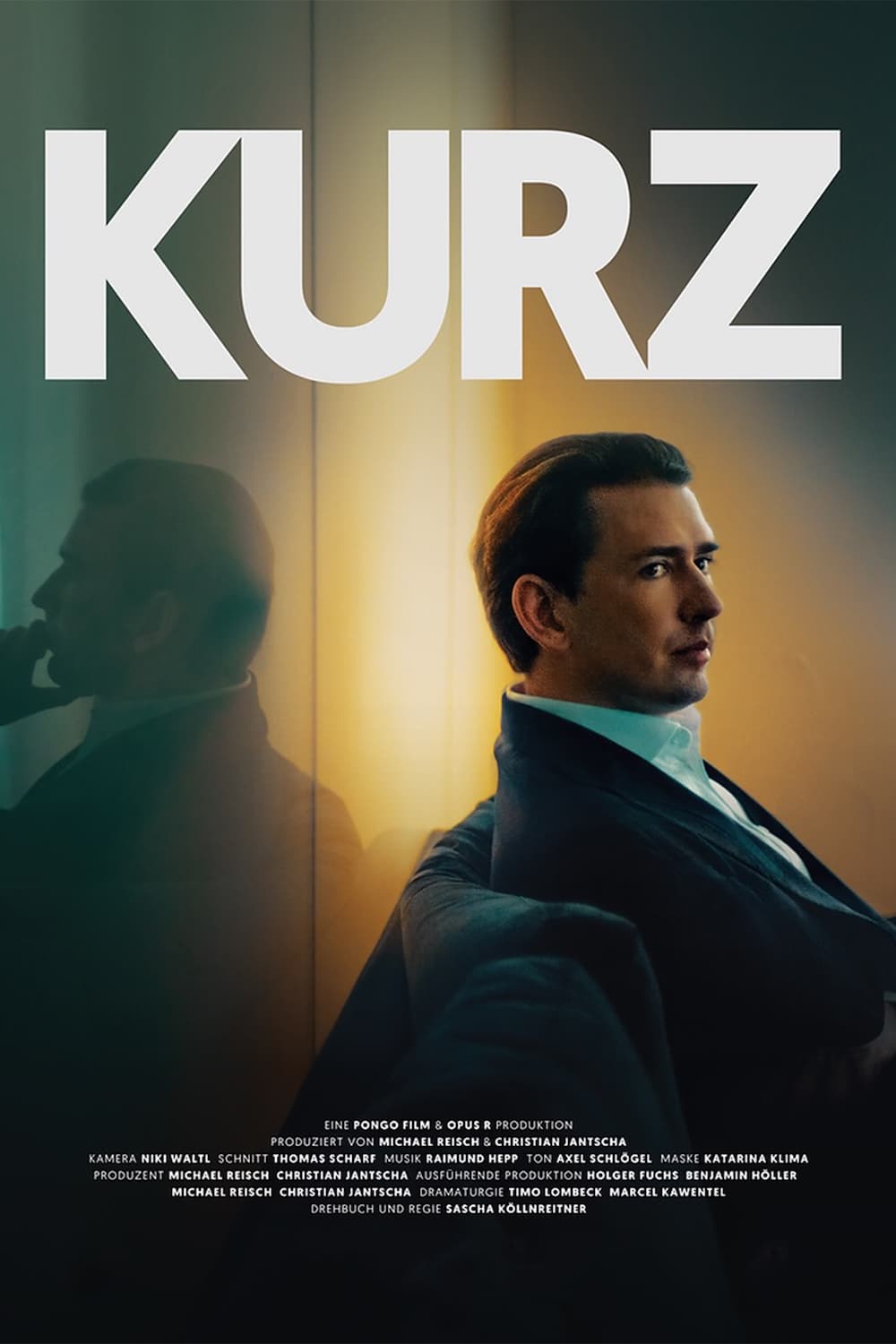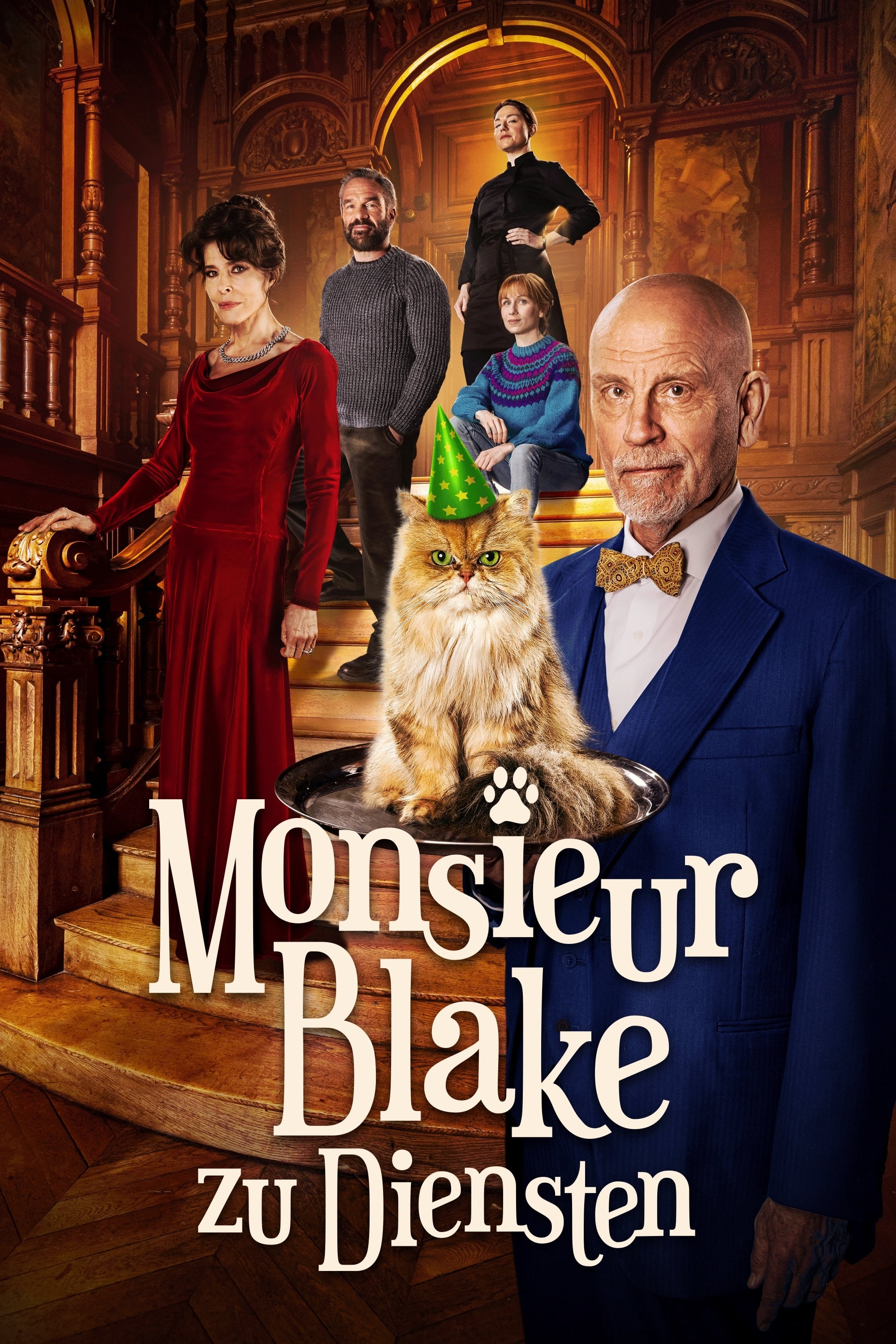
Louis-Noel Bestion de Camboulas – Bach and Friends (2017)
FLAC (tracks) 24 bit/96 kHz | Time – 01:14:16 minutes | 1,4 GB | Genre: Classical
Studio Masters, Official Digital Download – Source: Qobuz | Digital Booklet | © Ambronay
For his first recital, Louis-Noël Bestion de Camboulas invites us on a fascinating exploration of the keyboard music of J. S. Bach and his mentors. In the hands of this talented musician, the intimate tones of the harpsichord and the sumptuous strains of the great organ ring out by turns. Until the middle of the eighteenth century, the organ and the harpsichord were the two principal faces of a generic ‘keyboard’ repertory that was often played without discrimination on a number of instruments, which might also include the clavichord, the spinet and the virginal. Professional musicians trained on both instruments with the aim of acquiring not only a solo or concertante technique, but also proficiency in performing basso continuo and the rudiments of improvisation and composition. This complementarity between the organ and the harpsichord may be observed in the numerous books of keyboard music that were printed or copied everywhere in Europe between 1600 and 1750. They often mixed pieces intended for the harpsichord and others intended for the organ, with the line of demarcation between the two not always clear, since many pieces can be played on both instruments. Scheidt’s Tabulatura nova of 1624 mingles works for organ and/or harpsichord, as does Johann Krieger’s much later Anmuthige Clavier-Übung (1699). Manuscript compilations for the keyboard – particularly widespread in the German-speaking territories – also generally include pieces for the two instruments. Notable among these are two famous manuscripts deriving from the inner circle of Johann Sebastian Bach, the Andreas-Bach-Buch and the Möllersche Handschrift, which feature a wide range of pieces offering a useful insight into the different genres and styles that could be practised on one instrument or the other, or indeed on both. …
The harpsichord used for this recording is a copy of an instrument made by Johann Heinrich Gräbner in Dresden in 1722. It is now in the Villa Bertramka in Prague, from which it has not moved since 1787, when Mozart used it while composing his opera Don Giovanni!
J. H. Gräbner ‘the Elder’ (1665-1739) was the first in a great dynasty of organ builders, organists and harpsichord makers, which lasted until the middle of the nineteenth century, by which time its members were making pianos. His son Heinrich Christian, an organist, was a pupil of J. S. Bach in 1725 and 1726, and a surviving document by him tells us that this ‘cost his father a great deal’! Gräbner ‘the Elder’ therefore often had the opportunity of frequenting J.S. Bach on the composer’s trips to Dresden and of discussing music and instruments with him. It is impossible to copy such historic harpsichords without bearing in mind the atmosphere surrounding them. Dresden in the early eighteenth century was the bene ciary of the tastes of the Elector of Saxony, August the Strong, who turned his capital into ‘the Florence of the Elbe’. Numerous architects, painters and craftsmen worked there, and the Dresden court orchestra was famed all over Europe. The monarch’s Italophile tastes are also re ected in the style of the harpsichords built in the region. The cases, constructed around the bottom, are framed almost like Italian harpsichords. The soundboards are conceived to produce a colour very rich in harmonics, which facilitates clarity of polyphonic discourse.
Tracklist:
Dietrich Buxtehude (1637-1707)
1 Praeludium in G Minor, BuxWV 163 07:56
Heinrich Scheidemann (1595-1663)
2 Pavane Lachrimae 06:19
Johann Caspar Ferdinand Fischer (1656-1746)
3 Suite No. VIII: Praeludium & Chaconne 06:51
Johann Pachelbel (1653-1706)
4 Aria Sebaldina 10:10
Johann Sebastian Bach (1685-1750)
5 Toccata in G Minor, BWV 915 10:11
Georg Muffat (1653-1704)
6 Toccata Nona in E 07:27
Georg Böhm (1661-1733)
7 Vater unser im Himmelreich Versus 1 02:23
8 Vater unser im Himmelreich Versus 2 04:46
9V ater unser im Himmelreich (choral orné) 05:35
Johann Sebastian Bach
10Fantasia and Fugue in G Minor, BWV 54212:32
Personnel
Louis-Noël Bestion de Camboulas, organ
Download:
mqs.link_LuisNlBestindeCambulasBachandFriends20172496Qbuz.part1.rar
mqs.link_LuisNlBestindeCambulasBachandFriends20172496Qbuz.part2.rar










![Zuzana Ruzickova - J.S. Bach: The Complete Keyboard Works (2016) [FLAC 24bit/96kHz] Zuzana Ruzickova - J.S. Bach: The Complete Keyboard Works (2016) [FLAC 24bit/96kHz]](https://getimg.link/images/imgimgimg/uploads/2018/09/r94XYtX.jpg)
![La Tempete & Simon-Pierre Bestion - Larmes de Resurrection (Collection chateau de Versailles) (2018) [FLAC 24bit/96kHz] La Tempete & Simon-Pierre Bestion - Larmes de Resurrection (Collection chateau de Versailles) (2018) [FLAC 24bit/96kHz]](https://getimg.link/images/imgimgimg/uploads/2019/11/wLjrOWg.jpg)
![Ensemble les Surprises & Louis-Noel Bestion de Camboulas - Mysterien-Kantaten (2018) [FLAC 24bit/96kHz] Ensemble les Surprises & Louis-Noel Bestion de Camboulas - Mysterien-Kantaten (2018) [FLAC 24bit/96kHz]](https://getimg.link/images/imgimgimg/uploads/2018/09/Ttx3MsM.jpg)
![Ensemble les Surprises, Louis-Noel Bestion de Camboulas and Yves Rechsteiner - L’Heritage de Rameau (2017) [Qobuz FLAC 24bit/96kHz] Ensemble les Surprises, Louis-Noel Bestion de Camboulas and Yves Rechsteiner - L’Heritage de Rameau (2017) [Qobuz FLAC 24bit/96kHz]](https://getimg.link/images/imgimgimg/uploads/2018/07/CLCL7nj.jpg)
![Giulia Nuti & Chiara Zanisi - Bach: Sei suonate a cembalo certato e violino solo (2017) [Qobuz FLAC 24bit/88,2kHz] Giulia Nuti & Chiara Zanisi - Bach: Sei suonate a cembalo certato e violino solo (2017) [Qobuz FLAC 24bit/88,2kHz]](https://getimg.link/images/imgimgimg/uploads/2017/12/ZwX5j5h.jpg)
![Glenn Gould - The Complete Columbia Album Collection (2015 Remastered Edition) [Qobuz FLAC 24bit/44,1kHz] Glenn Gould - The Complete Columbia Album Collection (2015 Remastered Edition) [Qobuz FLAC 24bit/44,1kHz]](https://getimg.link/images/imgimgimg/uploads/2017/07/2bHwfbA.jpg)
![VA - Louis-Noel Bestion de Camboulas: Soleils couchants - harmonia nova #8 (2019) [FLAC 24bit/88,2kHz] VA - Louis-Noel Bestion de Camboulas: Soleils couchants - harmonia nova #8 (2019) [FLAC 24bit/88,2kHz]](https://getimg.link/images/imgimgimg/uploads/2020/01/ykONot0.jpg)
![Jean-Fery Rebel & Francois Rebel - Rebel de pere en fils - Ensemble les Surprises (2013) [Qobuz FLAC 24bit/88,2kHz] Jean-Fery Rebel & Francois Rebel - Rebel de pere en fils - Ensemble les Surprises (2013) [Qobuz FLAC 24bit/88,2kHz]](https://getimg.link/images/imgimgimg/uploads/2017/03/RxGOdXs.jpg)
![Federico Colli - Scarlatti: Keyboard Sonatas Vol. 1 (2018) [FLAC 24bit/96Hz] Federico Colli - Scarlatti: Keyboard Sonatas Vol. 1 (2018) [FLAC 24bit/96Hz]](https://getimg.link/images/imgimgimg/uploads/2018/09/Mp6FqKY.jpg)
![Pacifica Quartet - Dmitri Shostakovich and his Contemporaries: The Soviet Experience Vol. 1-4 (2011-2013) [24bit FLAC] Pacifica Quartet - Dmitri Shostakovich and his Contemporaries: The Soviet Experience Vol. 1-4 (2011-2013) [24bit FLAC]](https://getimg.link/images/imgimgimg/uploads/2017/07/ntIbtOp.jpg)
![La Tempestad - D. Scarlatti: Venezia 1742 (2019) [FLAC 24bit/96kHz] La Tempestad - D. Scarlatti: Venezia 1742 (2019) [FLAC 24bit/96kHz]](https://getimg.link/images/imgimgimg/uploads/2019/08/z90ogPK.jpg)
![Louis-Noel Bestion de Camboulas - Visages impressionnistes (2018) [FLAC 24bit/96kHz] Louis-Noel Bestion de Camboulas - Visages impressionnistes (2018) [FLAC 24bit/96kHz]](https://getimg.link/images/imgimgimg/uploads/2019/11/rMuPY2N.jpg)
![Miklos Spanyi - C.P.E. Bach: The Solo Keyboard Music, Vol. 37 (2019) [FLAC 24bit/96kHz] Miklos Spanyi - C.P.E. Bach: The Solo Keyboard Music, Vol. 37 (2019) [FLAC 24bit/96kHz]](https://getimg.link/images/imgimgimg/uploads/2019/12/AOeiG9G.jpg)
![Kei Koito - Organ Music Before Bach (2015) [FLAC 24bit/96kHz] Kei Koito - Organ Music Before Bach (2015) [FLAC 24bit/96kHz]](https://getimg.link/images/imgimgimg/uploads/2019/11/4ke0hFL.jpg)
![Piers Lane, Howard Shelley - Williamson: Complete Piano Concertos (2014) [FLAC 24bit/96kHz] Piers Lane, Howard Shelley - Williamson: Complete Piano Concertos (2014) [FLAC 24bit/96kHz]](https://getimg.link/images/imgimgimg/uploads/2017/01/PsKdW8Y.jpg)